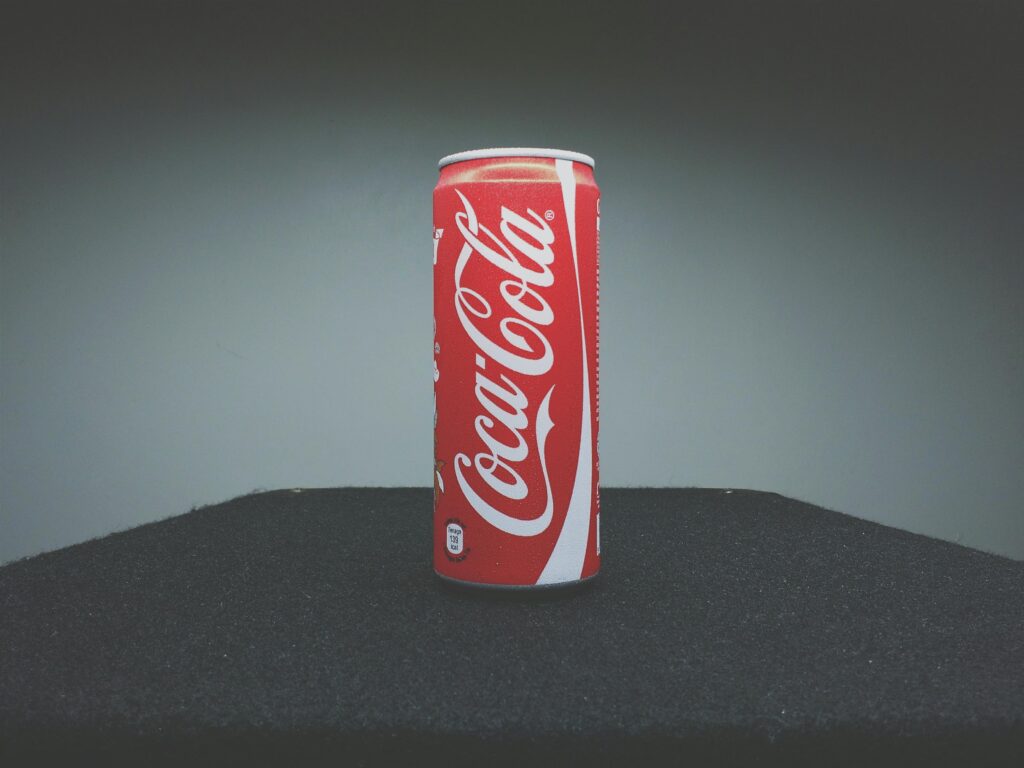You’ve probably noticed small symbols like ™ or ® next to brand names, logos, or taglines.
They’re easy to overlook, but they carry significant legal meaning. Most people assume both mean “this brand is protected,” but in reality, they represent different levels of legal protection and different stages in the life of a brand. Misusing them can even invite legal trouble.
So, before you casually drop ™ or ® next to your logo, it’s worth understanding what each symbol means, and more importantly, when you can actually use them.
The ™ symbol stands for “trademark.” It is typically used when a person or business wants to show that a name, logo, or slogan is being claimed as a brand, even though it may not yet be registered with the government.
Facing an objection already? Don’t worry. Here’s how to respond to a trademark objection effectively and on time.
In India, you can use ™ from the moment you start using your brand publicly—whether or not you have filed a trademark application. It doesn’t require government approval or legal recognition. It’s basically a way of saying: “This name belongs to me, and I want others to know it.”
The use of ™ is common while your trademark application is pending, which can sometimes take many months. You may also continue using it indefinitely if you choose not to register at all, although that limits your legal protection.
The law does recognise prior use to an extent, but relying only on common law protection (without registration) puts the burden on you to prove your brand’s goodwill and reputation in case of a dispute.
Now, the ® symbol is a different story. It indicates that a trademark has been officially registered under the Trade Marks Act, 1999 with the Trademark Registry in India. You can only use this symbol after receiving a registration certificate. Using it without actual registration is illegal.
In fact, Section 107 of the Trade Marks Act clearly states that falsely representing an unregistered mark as registered is a punishable offence. It can lead to legal consequences including fines.
Think of ™ as a signal and ® as a certificate. One is a claim, the other is a legal right. Here’s a simple way to understand the distinction:
| Symbol | Legal Status | When Can You Use It? | Approval Required? |
| ™ | Unregistered | From the first use of your brand | No |
| ® | Registered | Only after receiving trademark registration | Yes |
Curious about what happens after 10 years of owning a trademark? Here’s how the renewal process works and why it’s crucial not to miss.
Now that you know what ™ and ® stand for, let’s talk about what happens if you misuse them—or don’t use them at all. Many people casually put the ® symbol next to their brand name just to look official, not realising this is actually against the law.
In India, falsely claiming that your trademark is registered when it is not can lead to penalties under Section 107 of the Trade Marks Act, 1999. It’s considered misrepresentation, and if challenged, you could face fines or objections to future applications.
On the other hand, using the ™ symbol incorrectly won’t get you into trouble—but it also doesn’t give you full legal rights. It’s like saying “this is mine,” but without the legal backing to prove it. That’s why most businesses use ™ when they start out, and switch to ® once their trademark is officially registered.
Switching from ™ to ® is simple. Once your trademark is approved and you receive your registration certificate, you’re entitled to use the ® symbol. This change should ideally be reflected across all your platforms—product packaging, website, labels, marketing materials, and so on. It signals to competitors and the public that your brand is not just claimed, but legally protected.
Let’s quickly compare the benefits of each:
| Feature | ™ Symbol | ® Symbol |
| Indicates ownership? | Yes | Yes |
| Offers full legal protection? | No (limited to common law) | Yes (under Trade Marks Act) |
| Can be used without registration? | Yes | No |
| Can be enforced in court easily? | Difficult | Yes |
Some people ask whether it’s even worth using these symbols. The answer is—yes, especially if you’re serious about building a brand. While ™ can help in asserting early ownership, the ® symbol gives you solid legal ground to stop others from using your name or something similar. It also adds credibility in the eyes of customers and potential investors.
Lastly, it’s worth noting that there’s also the ℠ symbol (Service Mark), which is used in some countries to represent services rather than products. In India, this distinction isn’t commonly used—™ covers both goods and services.
And don’t confuse trademarks with copyright. A trademark protects brand identifiers like names, logos, and taglines. Copyright, on the other hand, protects original creative work like books, songs, or software code. You can have both protections—but they apply to different things.
5 Quick FAQs
1. Can I use the ™ symbol without registering my trademark?
Yes, you can use ™ from the day you start using your brand name or logo, even without filing a trademark application.
2. When can I start using the ® symbol in India?
Only after your trademark is officially registered with the Trademark Registry and you receive the certificate.
3. Is it illegal to use ® if my trademark isn’t registered?
Yes. Under Section 107 of the Trade Marks Act, falsely using ® can lead to penalties.
4. Should I switch from ™ to ® after registration?
Yes, it’s advisable to update your materials and use ® to show that your brand is legally protected.
5. Can I use ™ for services as well, or only for products?
Yes, in India, the ™ symbol can be used for both goods and services.
If you’re planning to trademark your name or a catchy line, this article on personal names and slogans as trademarks will help you decide.



